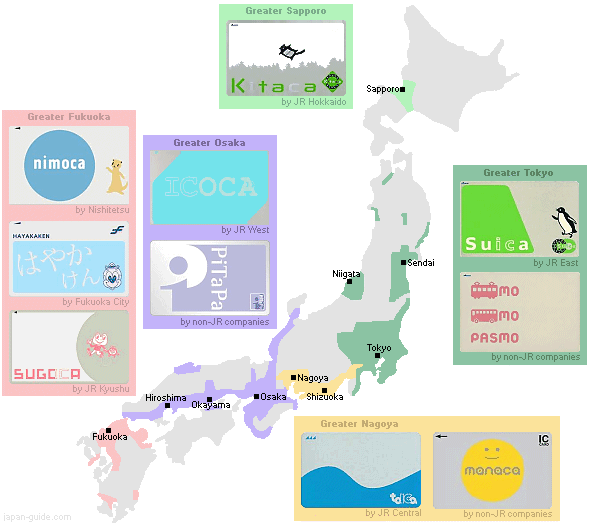Ultimative FREE Japan Travel Guide
1. Basic Information
Japan, in East Asia, is a unique place where old traditions and new technology come together. It's made up of many islands, and over 126 million people live there. You can find quiet countryside areas as well as exciting cities. Japan is famous for its tasty food like sushi and ramen, which are not just delicious but also look like art. A lot of people, about a third of the country's population, live in or near Tokyo, a city that shows both the old and new sides of Japan. Japanese culture includes things like peaceful tea ceremonies, martial arts, popular anime, and trendy fashion styles, and people all over the world love it. Japan's distinctive and unique qualities make it a really interesting place to visit for travelers.
2. Planning
2.1 Weather
Spring (春 Haru) in Japan: March to May
Spring in Japan is mild and often sunny. It's a popular season due to the famous cherry blossoms.
- March: Temperatures typically range from about 4°C (39°F) to 13°C (55°F).
- April: 9°C (48°F) to 19°C (66°F).
- May: 14°C (57°F) to 23°C (73°F).
Summer (夏 Natsu) in Japan: June to August
Summer is hot and humid, with the rainy season (tsuyu) occurring in early summer, usually in June.
- June: 18°C (64°F) to 25°C (77°F).
- July: 22°C (72°F) to 30°C (86°F).
- August: 23°C (73°F) to 31°C (88°F).
Autumn (秋 Aki) in Japan: September to November
Autumn is known for its comfortable temperatures and beautiful fall foliage.
- September: 20°C (68°F) to 28°C (82°F).
- October: 14°C (57°F) to 22°C (72°F).
- November: 8°C (46°F) to 17°C (63°F).
Winter (冬 Fuyu) in Japan: December to February
Winter is generally cold, with snow in northern and mountainous regions, but there are relatively many sunny days.
- December: 2°C (36°F) to 12°C (54°F).
- January: 0°C (32°F) to 10°C (50°F).
- February: 1°C (34°F) to 11°C (52°F).
Current Weather
2.2 When Is The Best Time?
While each season in Japan has its own unique characteristics, visiting during any season other than summer is generally recommended.
Spring: Spring is a popular travel season in Japan, especially beautiful during the cherry blossom period in April, with warm and comfortable weather. However, hotel and flight prices tend to be relatively high. It's advisable to avoid the Golden Week period, which lasts from the end of April to the first week of May, as it's usually very crowded.
Summer: The summer months bring high humidity and temperatures, especially in July and August (sometimes untill September), making it difficult to be outdoors during the day. While there are many festivals and fireworks events, caution is needed for outdoor activities due to the heat.
Autumn: Autumn is cool and comfortable, making it an ideal time to enjoy the beautiful fall foliage. This season also offers a variety of unique foods, making it a great time for foodies. Like spring, autumn sees a relative increase in hotel and flight prices.
Winter: Compared to European winters, winter in Japan has less rain and more sunny days. The northern parts of Japan receive a lot of snow, making it a great season for skiing and enjoying hot springs.
2.3 Visa
Travelers from many countries do not require a visa for short-term stays, but this depends on your nationality. It's necessary to check if your country is on the visa-exempt list at the following page.
If your country is not included in the list mentioned above, you will need to obtain a visa in advance.
2.4. Flight
Here's a brief explanation about Japan's major international airports: Narita, Haneda, and Kansai.
Narita International Airport (NRT)
It's about 60 kilometers away from central Tokyo.
Connected to Tokyo by train (Narita Express) and buses.
Tokyo Haneda Airport (HND)
Situated closer to central Tokyo in the Ota Ward.
Offers convenient access to Tokyo’s city center.
Kansai International Airport (KIX)
Located on an artificial island in Osaka Bay.
Serves the Kansai region, including cities like Osaka, Kyoto, and Kobe.
Connected to the mainland by train and bus services.
If the price of airplane ticket remains the same, I recommend traveling with arrival at Haneda Airport and departure from Kansai International Airport, or vice versa. This approach can save time and reduce transportation costs within Japan.
2.5 Hotels
In Japan, travelers can choose from a diverse selection of places to stay. This includes both traditional Japanese and Western-style accommodations, as well as unique options like capsule hotels and temple stays. The cost of these accommodations varies significantly, starting from under 4,000 yen per person in a hostel to more than 50,000 yen per person in a luxury hotel or a high-class ryokan.
Japanese style
Ryokan
Ryokan are traditional inns in Japan, offer an authentic experience with their Japanese-style rooms. Prices range from 7,000 to 100,000 yen per person. A ryokan stay usually includes both dinner and breakfast, making it a highly recommended experience for those visiting Japan to immerse in the traditional Japanese way of life.
Minsyuku
Minshukus are akin to Japanese bed and breakfasts, typically run by families. They provide Japanese-style accommodation, with most including one or two meals in the nightly rate, which falls between 4,000 to 13,000 yen per person.
2.6 Internet
It's convenient to purchase and set up an eSIM before arriving in Japan. Compared to other countries, such as North America and Europe, relatively fewer restaurants and cafes in Japan offer Wi-Fi.
3GB 30 days $8.0
10 GB 30 days $17.0
You'll get 20% OFF with this code: LCTUNVUY
3. Transportation
3.1 Prepaid IC card
You can use IC cards like Suica or Icoca to travel on most trains and buses throughout Japan. These IC cards can be purchased at JR line stations and subway stations. For more detailed information, please refer to the provided link.
As of January 2024, due to a semiconductor shortage, the sale of Suica cards and some other IC cards by JR East has been temporarily suspended. However, if you arrive at Kansai Airport, you can purchase the Icoca IC card at JR West stations in the Kansai area.
You can also download an app on your smartphone and use the Digital Suica Card.
iPhone user:
Android user:
3.2 Airport Transportation
Transportation options from three major airports in Japan: Haneda Airport, Narita Airport, and Kansai International Airport (KIX).
Haneda Airport (Tokyo)
Train:
Tokyo Monorail: From Haneda Airport to Hamamatsucho Station takes about 20 minutes. From Hamamatsucho, you can access central Tokyo via the Yamanote Line and other lines. The fare for an adult one-way ticket is 490 yen.
Keikyu Line: From Haneda Airport to Shinagawa Station takes about 15 minutes, and direct to Tokyo Station in about 30 minutes. From Shinagawa or Tokyo Station, you can access various locations in central Tokyo. The fare starts from 300 yen for an adult one-way ticket.
Bus:
Airport Limousine Bus: Direct service from Haneda Airport to major hotels and stations in central Tokyo (such as Tokyo Station, Shinjuku Station, etc.). The journey takes about 30 to 60 minutes, with fares starting from 930 yen for an adult one-way ticket.
Taxi:
Taxi: Taxis from Haneda Airport to central Tokyo are convenient but relatively expensive. The travel time depends on traffic conditions but usually takes about 30 to 40 minutes. Fares range from approximately 5,000 to 7,000 yen, though this can vary with night charges and traffic conditions.
Narita Airport (Tokyo)
Train:
Narita Express (N'EX): Takes about 1 hour from Narita Airport to Tokyo Station, with direct services also available to Shinjuku, Shibuya, and Ikebukuro Stations. Fares start at around 3,000 yen for an adult one-way ticket.
Keisei Skyliner: The journey from Narita Airport to Nippori Station takes about 36 minutes, and to Ueno Station about 41 minutes. The fare is 2,470 yen for an adult one-way ticket.
Bus:
Airport Limousine Bus: Direct services from Narita Airport to major hotels and stations in central Tokyo (such as Tokyo Station, Shinjuku Station, etc.). The journey takes about 1 to 1.5 hours, with fares ranging from 1,000 to 2,800 yen for an adult one-way ticket.
Taxi:
A taxi from Narita Airport to central Tokyo typically takes about 1 to 1.5 hours, with fares ranging from approximately 20,000 to 25,000 yen. However, travel time and fares can vary depending on traffic conditions.
Kansai International Airport (Osaka)
Train:
JR West's 'Haruka' (KIX - Osaka/Kyoto):
- To Osaka (Shin-Osaka Station), it takes about 50 minutes. The fare starts from 2,850 yen for an adult one-way ticket.
- To Kyoto, the journey is approximately 75 minutes, with fares starting at 2,850 yen for an adult one-way ticket.
Nankai Electric Railway (KIX - Osaka):
- From KIX to Namba Station, it takes about 45 minutes. A regular express train costs 920 yen for an adult one-way ticket, while the limited express 'Rapi:t' costs 1,450 yen.
Bus:
Airport Limousine Bus:
- Direct service to major hotels and stations in Osaka (such as Osaka Station, Shinsaibashi, Umeda) taking about 1 to 1.25 hours, with fares starting from 1,550 yen for an adult one-way ticket.
- There are also buses to Kyoto city center (like Kyoto Station), taking about 1.5 hours with fares around 2,550 yen for an adult one-way ticket.
Taxi:
- A taxi from KIX to Osaka city center takes about 1 to 1.5 hours, costing approximately 14,000 to 18,000 yen.
- To Kyoto, it takes about 1.5 to 2 hours by taxi, with fares ranging from 30,000 to 35,000 yen. Note that travel time and fares may vary based on traffic conditions.
4. Sightseeing
4.1 Must Visit Places
Having lived in Japan for more than 30 years, I'm still discovering enchanting new places across the country. For those visiting Japan, there are definitely a few must-see spots. I've compiled a list below, focusing on select destinations in Tokyo, Kyoto, and Osaka. These cities are not only popular among tourists but also boast excellent accessibility, making them ideal for visitors.
Tokyo
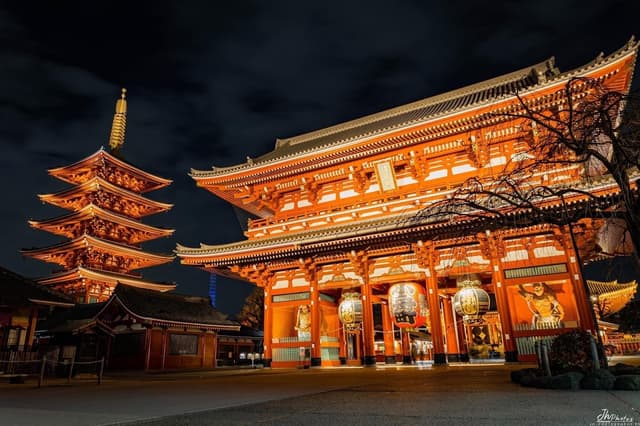
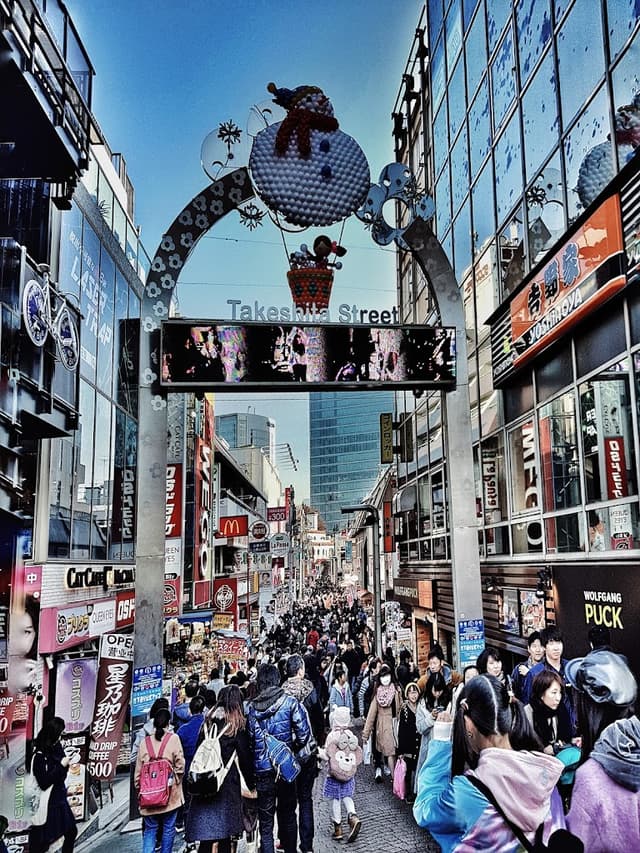

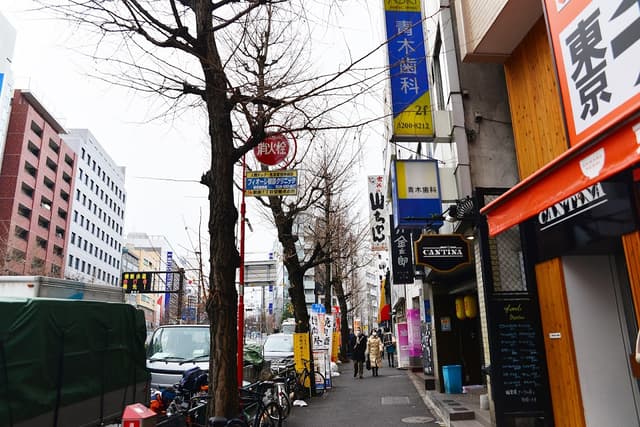
Kyoto
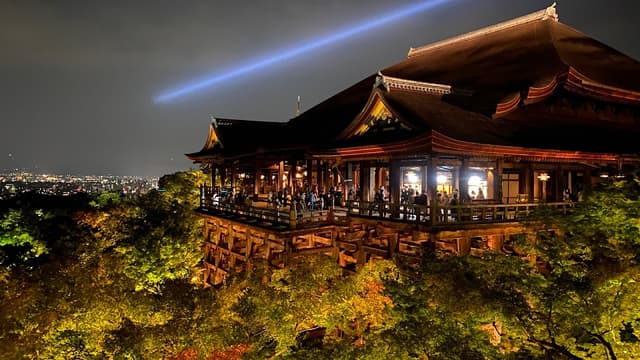
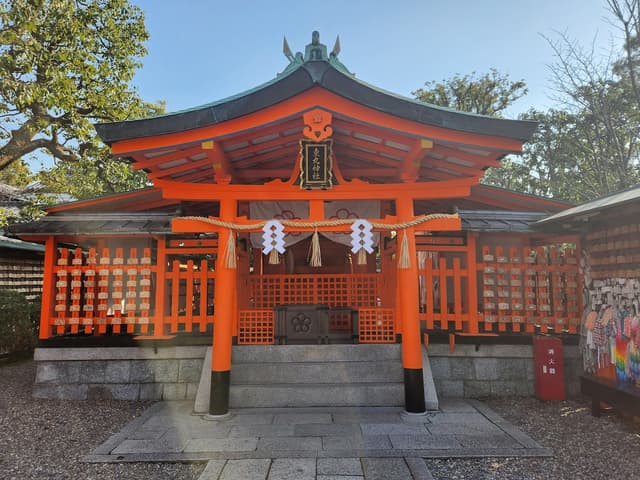
Osaka
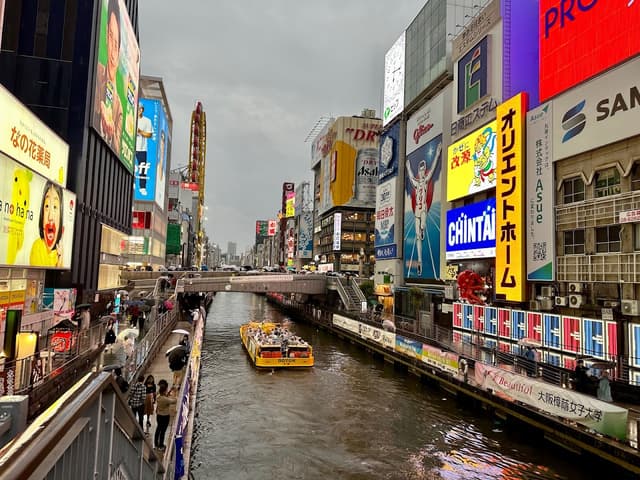
4.2 My Reccomendations
4.3 Activities
✰茶道 (Tea Ceremony):
Participate in a traditional Japanese tea ceremony, an elegant cultural activity that embodies the principles of harmony, respect, purity, and tranquility. It's a unique opportunity to experience the art of Japanese hospitality.
華道 (Kado/Ikebana - Flower Arranging):
Experience Ikebana, the Japanese art of flower arranging. This activity is not just about creating beautiful arrangements; it's a meditative practice that helps you appreciate the beauty of nature and learn about Japanese aesthetics.
着物 (Kimono Wearing):
Try on a traditional kimono and learn the art of kimono dressing. This activity is often available in cultural cities like Kyoto and Tokyo, providing a glimpse into the elegance of traditional Japanese fashion.
銭湯 (Public Bathhouses - Sento):
Visit a Sento, a traditional Japanese public bathhouse, commonly found in residential areas. It's a great way to experience everyday Japanese culture and relax just like the locals.
料理教室 (Cooking Class):
Join a Japanese cooking class where you can learn how to prepare authentic Japanese dishes. From sushi to ramen and traditional kaiseki meals, these classes offer hands-on experience in Japanese cuisine.
寺修行 (Temple Stay/Training):
Engage in a temple stay or training program, where you can experience the life of Buddhist monks. This usually includes meditation, chanting, and other monastic practices, offering a unique spiritual experience.
4.4 Other Areas
Hokkaido (北海道)
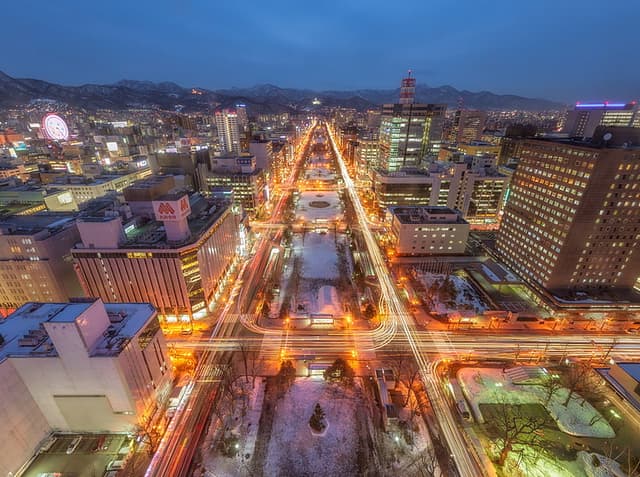
Nagano (長野)
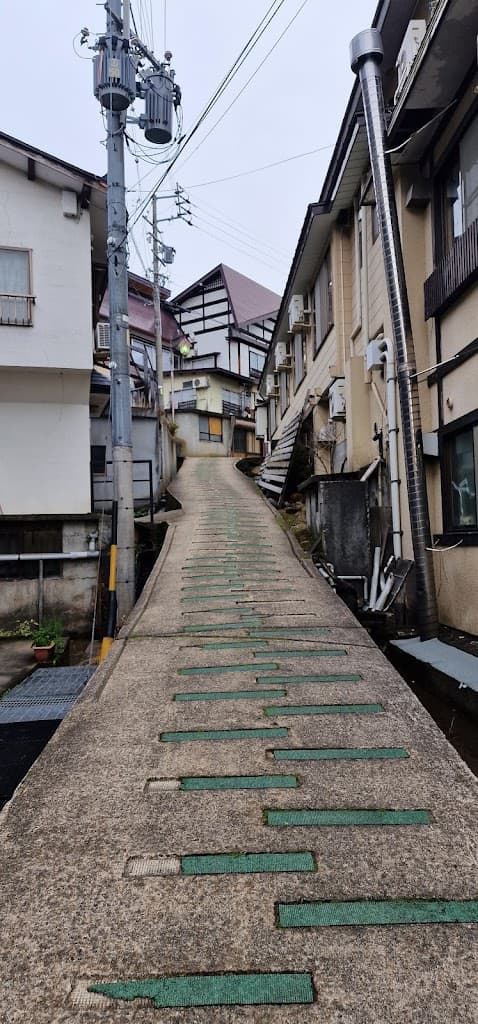
Nakasendo (中山道)
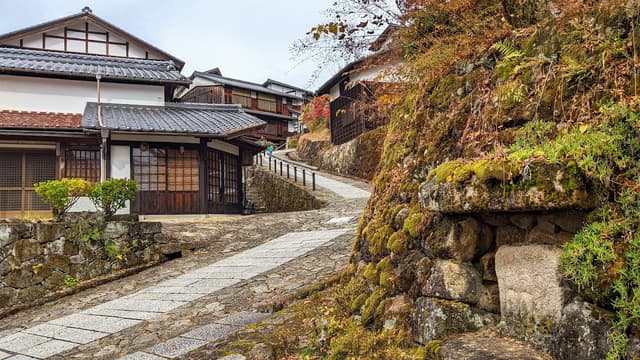
Ishikawa (石川)
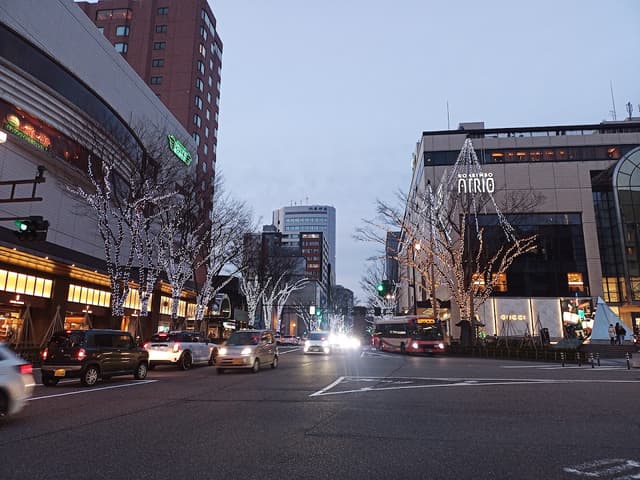
Okayama (岡山)
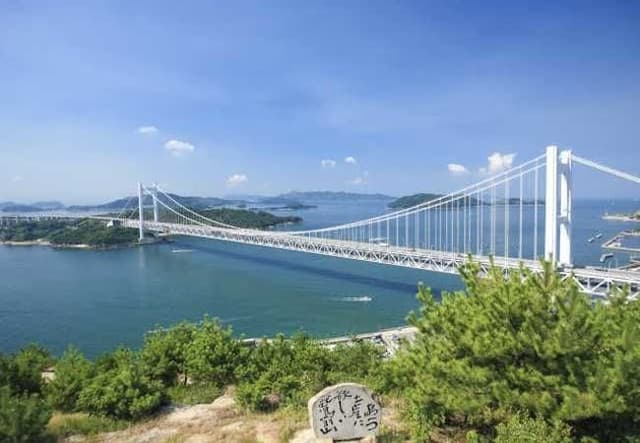
Hiroshima (広島)

Kagoshima (Kagoshima)
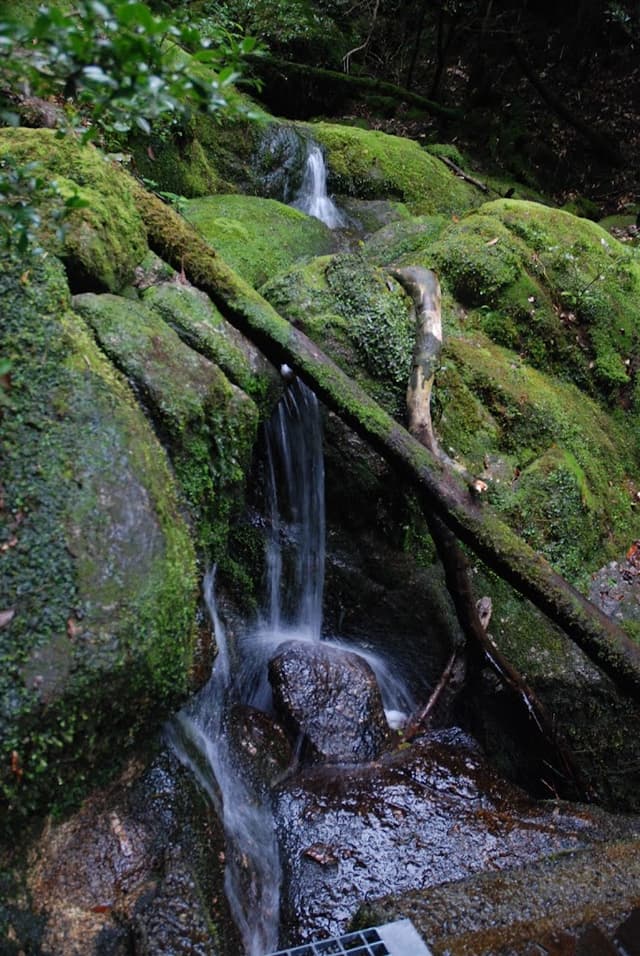
Nagasaki (長崎)
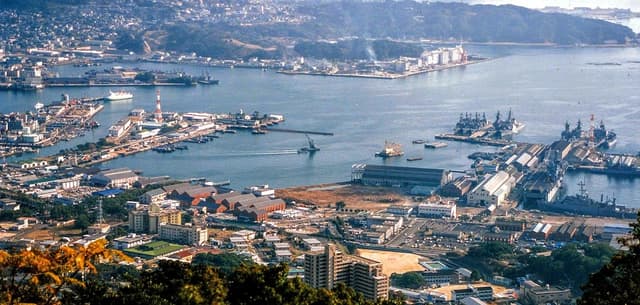
5 Hotlines
Hotlines
When making a call to a Japanese phone number from outside the country, it's necessary to first dial the country code for Japan, which is +81, followed by the actual phone number.
Japan Visitor Hotline: 050-3816-2787
The Japan National Tourism Organization (JNTO) provides a 24/7 visitor hotline, available every day, including holidays. This service offers tourist information and aid during accidents and emergencies. Assistance is provided in multiple languages: English, Chinese, and Korean
Emergency Numbers
Police: 110
Fire/Ambulance: 119
Useful Phone Numbers
Police Lost & Found: 0570-550-142
Police General Information: 03-3501-0110 (Japanese/English) / 03-3503-8484 (English & Several Other Foreign Languages)
Hospital Information: 03-5285-8181
The Japan Helpline: 0570-000-911
The home for unique & authentic travel


